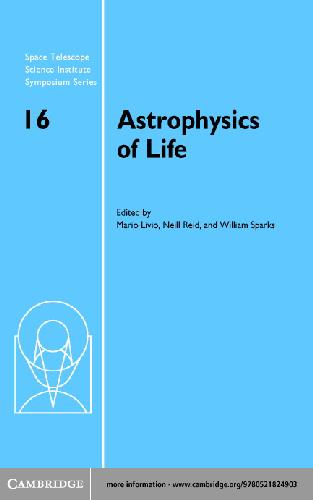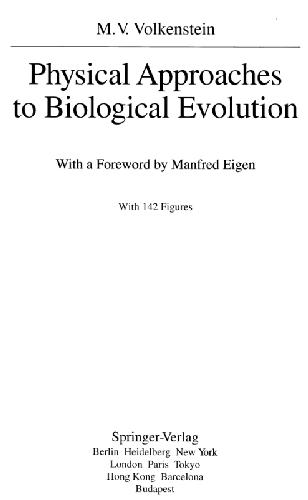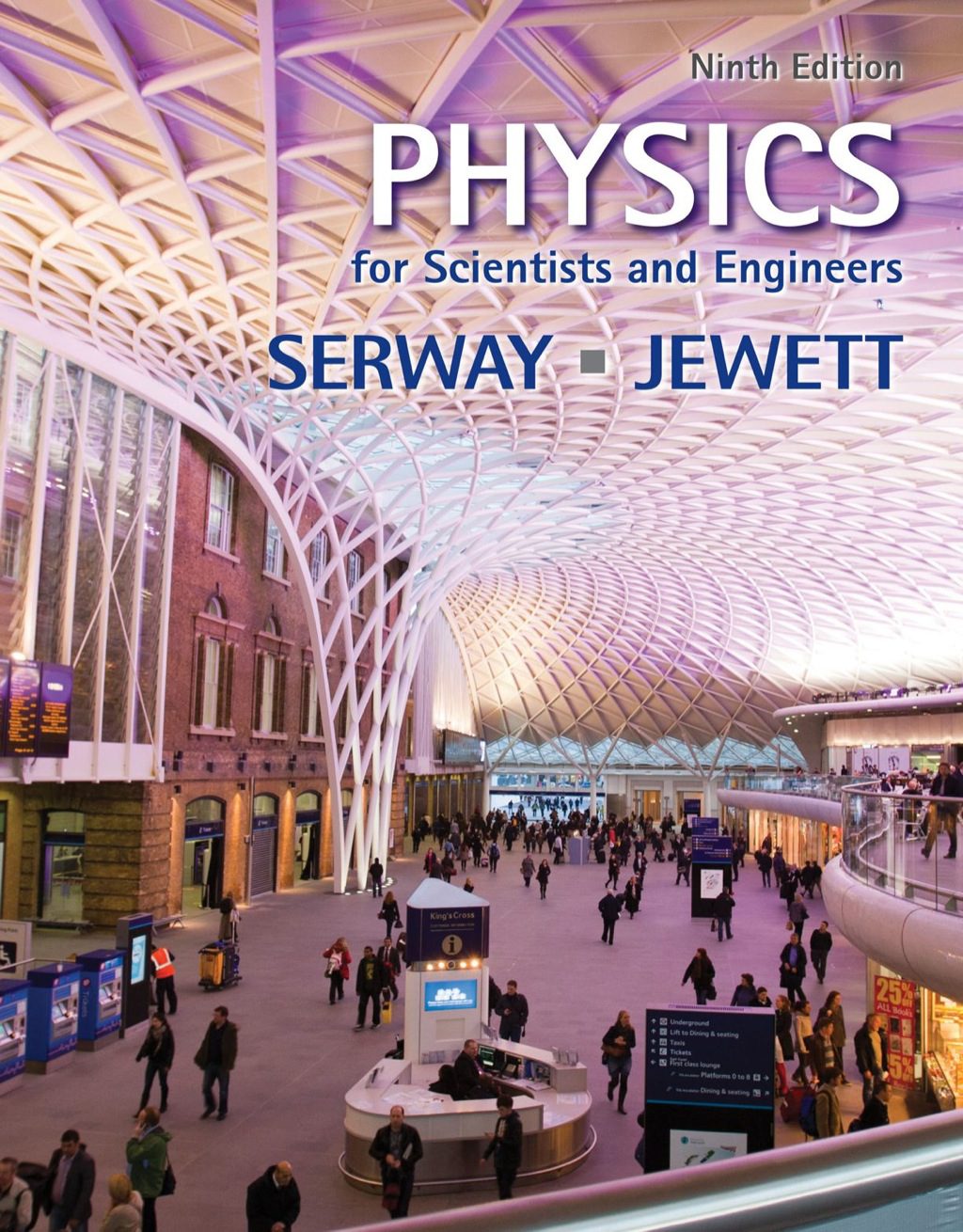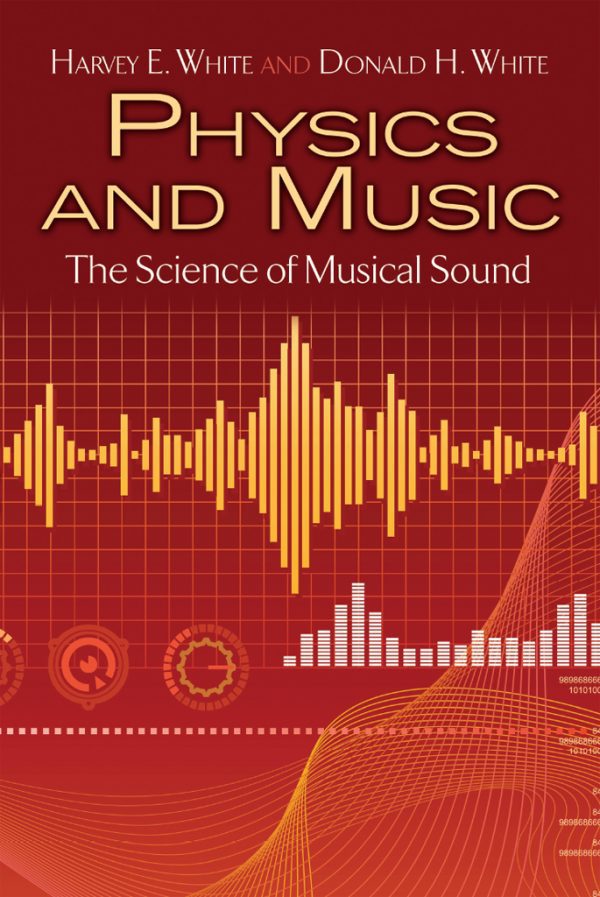Livio M., Sparks M., Fall M.0511080026
Table of contents :
Cover……Page 1
Series-title……Page 3
Title……Page 5
Copyright……Page 6
Contents……Page 7
Participants……Page 9
Preface……Page 13
1. Introduction……Page 15
2. Organic molecules in dense interstellar clouds……Page 16
3. Interstellar amino acids?……Page 18
3.1. Grain-surface synthesis of amino acids?……Page 19
3.2. Gas phase synthesis of amino acids?……Page 20
4. Complex organic molecules in diffuse interstellar clouds……Page 22
4.1. The diffuse interstellar bands……Page 23
5. The evolution of organic molecules during Solar System formation……Page 24
6. Comets……Page 25
7.1. Amino acids in carbonaceous chondrites……Page 26
7.3. Nucleobases in meteorites……Page 29
7.4. Discussion……Page 30
REFERENCES……Page 31
1. Introduction……Page 35
2. Heliosphere and interstellar matter……Page 37
4. Interstellar and interplanetary matter……Page 39
4.2. Raw ISM in the heliosphere: Ho, Heo……Page 40
4.3. Raw ISM in the heliosphere: Dust……Page 42
4.4. Solar wind-ISM interactions products: Pickup ions and anomalous cosmic rays……Page 43
5. Astrospheres and extrasolar planetary system……Page 44
7. Conclusions……Page 46
REFERENCES……Page 47
1. Transits in history……Page 49
2. HD 209458b……Page 50
3. Transits as extrasolar planet discovery technique……Page 52
4. Transits and the search for life……Page 53
REFERENCES……Page 54
2. Migration of Jupiter, Saturn, Uranus, Neptune and Pluto……Page 55
3. Disk-Planet interactions……Page 58
4.1. Wave characteristics and ring properties……Page 59
4.2. Migration of moons……Page 60
5.2. Gap opening and Type II migration……Page 61
5.4. Migration and the properties of extrasolar planets……Page 63
6. Conclusions……Page 64
REFERENCES……Page 65
1. Introduction……Page 68
2.2. Organics in the diffuse ISM……Page 69
2.3. Molecules in interstellar dense molecular clouds……Page 71
2.4. Molecules formed by the irradiation of interstellar ices……Page 74
2.5. Interstellar nanodiamonds……Page 75
3. Evidence of the survival of circumstellar/interstellar materials in planetary systems……Page 76
REFERENCES……Page 77
1. Introduction……Page 81
2. The vegetation red edge spectral feature……Page 82
3. Plants as an Earth surface biomarker……Page 83
4. Temporal variability to detect surface biomarkers……Page 86
6. Summary and Conclusions……Page 88
REFERENCES……Page 89
1. Gravitational microlensing as a tool……Page 90
3. Theoretical aspects of microlensing……Page 91
4. Planets as lenses……Page 94
5. Requirements for a follow-up monitoring program……Page 96
6. Results from PLANET Collaboration……Page 98
8. Future prospects……Page 99
REFERENCES……Page 101
2.1. Building terrestrial planets……Page 103
2.3. Galactic chemical evolution……Page 104
3.1. Transient radiation events……Page 106
3.2. Comet impacts……Page 107
4.1. The GHZ……Page 108
5. Conclusions……Page 109
REFERENCES……Page 110
1. Introduction……Page 112
2. Remarks about carbon-based life……Page 113
3. Dark energy and life……Page 114
4. Varying constants of nature?……Page 118
5. Is intelligent life extremely rare?……Page 121
REFERENCES……Page 122







Reviews
There are no reviews yet.